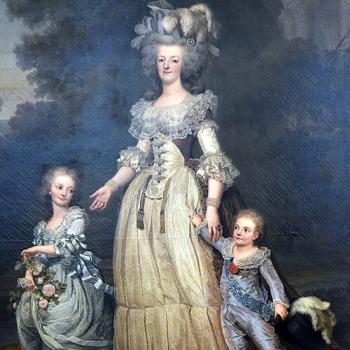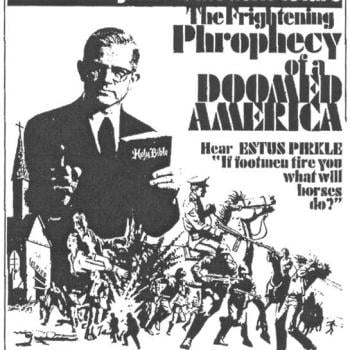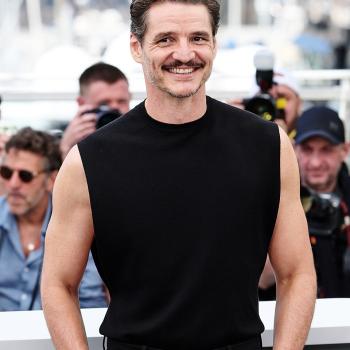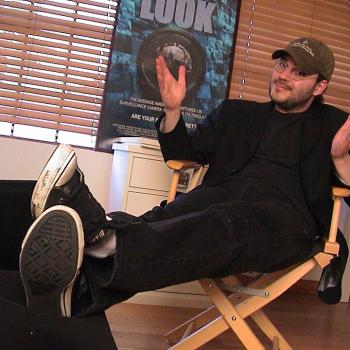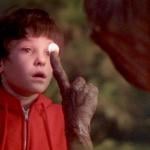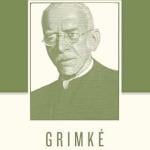
Source: Wikimedia user Ariela Ortiz-Barrantes
License
Becoming a young cinephile in the aughts and early 2010s meant seeking out Larry Clark’s Kids (1995). Its writer, Harmony Korine, had gone on to disgust and inspire a generation raised on LiveLeak and the Pain Olympics. Rumored to be the uncut product of his young genius, Kids offered access to reality, an authenticity edited away even on scandal-obsessed daytime TV. Even then, it reeked of indie, of a world bygone, if only because I never would’ve been cool enough to live like the titular kids did anyway. Nobody cared whether you liked the movie or not. It was a relic, an object of awe not base feelings like preference.
Here I am revisiting it a decade and more on. I’m surprised to find how aged it feels, how strongly its writing feels more like the graspings of a sharp but imperfect teenage mind, how dated its subject matter comes off. Was it worth seeking out and taking in all these years later?
Kids stands in a long line of Gen-X street and party youth films from Streetwise (1984) to The Decline of Western Civilization Part III (1998) and Party Monster (2003). Its barebones plot—a young girl learns that she has contracted HIV despite only having had sex once and seeks out the promiscuous boy who infected her—exists to luxuriate in the shock of teens and preteens having sex, drinking, doing drugs, and beating up innocent bystanders. Conservatively, I estimate 30% of the movie has the camera locked onto the stomachs, abs, or breasts of the main actors (who were, I should add, of age). Visually, Kids is flat. The shock, the transgression—these form the point.
What’s more, if you know Harmony Korine’s work, it’s hard not to feel him snickering throughout. To the film, it isn’t funny that a young girl gets HIV after one sexual encounter even though she only finds out because she’s at the clinic to support her more promiscuous best friend. To Korine, I suspect it is. Same goes for when she tracks down patient zero just in time to see him infect a preteen. Not looking behind him, he screeches “yo, close the door!” She complies. Korine, I suspect, laughed.
But none of it feels shocking anymore. Its rawness feels like a relic of the past, a time when kids were more social, physical, and frankly putting themselves in harm’s way more often. Now I’d be more afraid of my kid gooning or becoming a NEET than that they’re running the streets. And, if they are, it’s probably in a gang in an out-of-the-way part of New York, not just above midtown or in the Lower East Side. Everyone smokes weed now. And not in a fun way.
Put otherwise, Kids feels like a different kind of relic now than it did back when I was younger. Its subject matter is dated. More than that, however, its interest in disturbing and shocking the viewer feels self-indulgent, of a time, a time when we weren’t all so exhausted by being shocked. G.G. Allin lived back then, not now.
That isn’t to say it’s a bad film. I strongly recommend anyone who hasn’t watched it do so. It’s worth getting into Clark and Korine for their own sake—and there’s no better place to start than here. The filmmaking is effective, if repetitive. But that makes it a decent film, not the mysterious object imbued with a magical aura I once knew. Pity. Seems I’ve become nostalgic for my own nostalgia.




